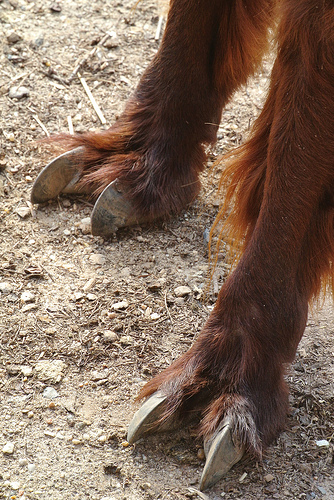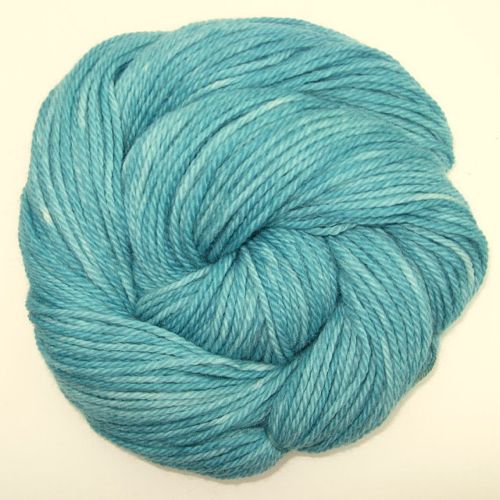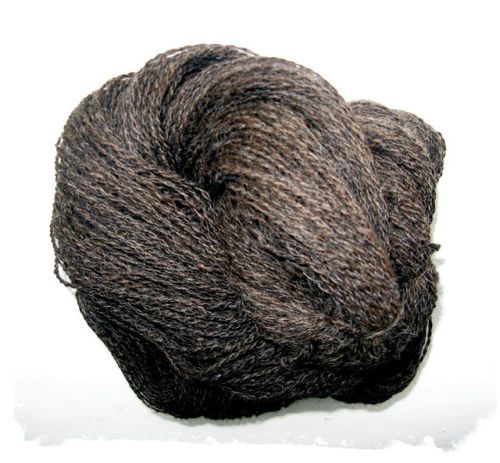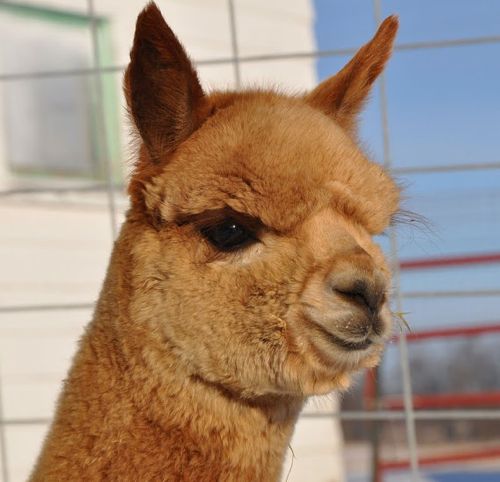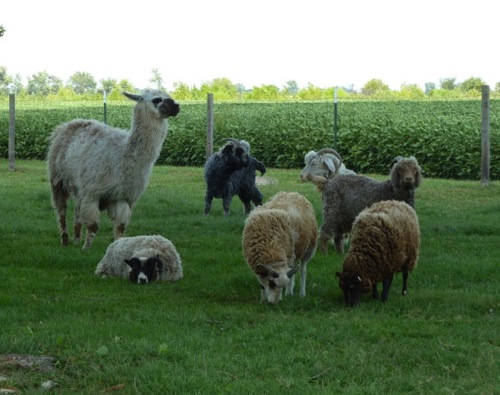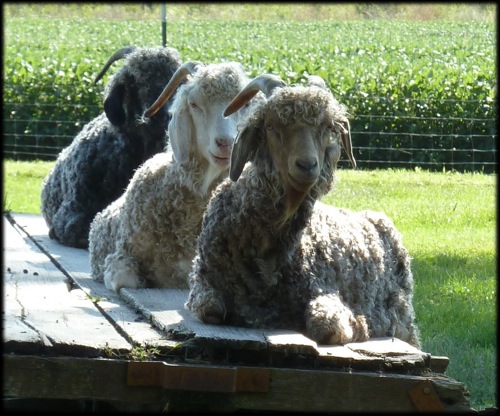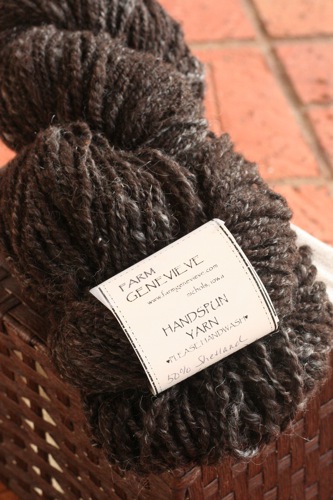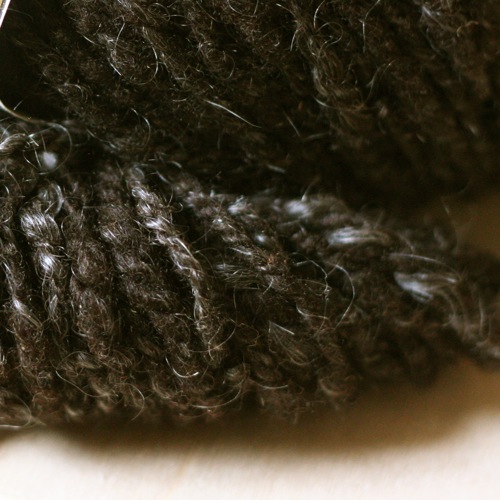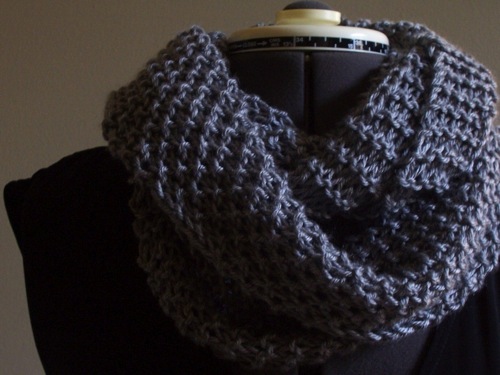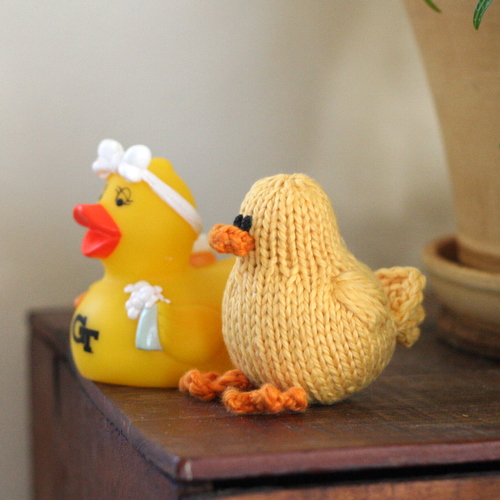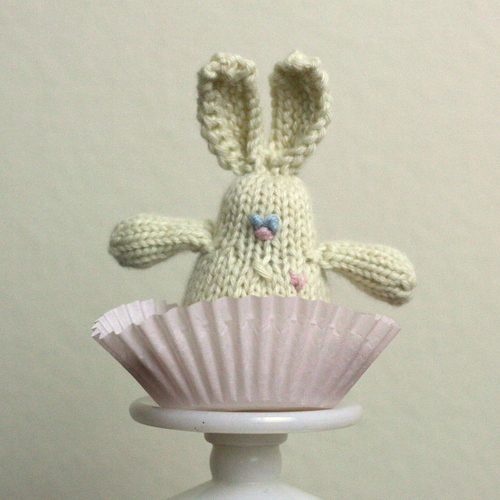Alpacas are amazing! I didn’t realize just how much I didn’t know about them until I started doing research for this month’s Mindful Fiber! I was going to compare alpaca husbandry in the Americas, but let’s have a lesson about the animals instead.
Things I knew about alpacas before I started doing the research for this article:
- They look like fluffy llamas.
- Alpaca fiber is warmer than wool, longer than wool and often as soft as cashmere.
- Alpaca are sheared like sheep.
- A baby alpaca is called a ‘cria’.
- They ‘pronk’ when they are happy. I’m not kidding, here’s a baby:
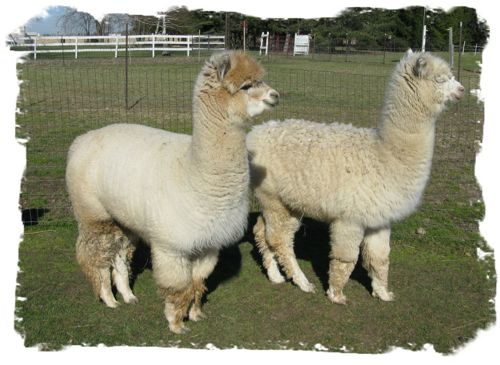
Mira and Oppie (North Star Alpacas)
(Pronking is a little bouncy happy dance.)
Things I know about alpacas now:
- There are two types of alpacas: Suri (long, silky locks of hair) and Huacaya (crinkly, dense fuzz). About 90% of the world’s population are Huacaya. Both have coarse hairs (‘guard’ hairs) that have to be removed before spinning the soft wooly fiber. There’s a machine for that, although my source (see below) says in many cases the guard hairs can be separated by hand.
- Alpacas have been domesticated since 4,000BC, so there is no such thing as a ‘wild’ alpaca. Their closest wild cousins are vicuñas.
- Alpacas are social animals. They prefer to live in family groups consisting of an alpha male, females and their young. Alpacas make a ton of sounds to communicate: humms, grunts, clicks and a Fearsome squeaky, gaspy, donkey-like noise when threatened.
- They are tidy critters who specify a latrine area that the entire group uses.
- They have paddy feet and toes with toenails – not hooves (neither do camels and llamas so that’s something I should have known). And can spit (that is, vomit grass in projectile fashion) like all camelids. AND only have teeth on the bottom! Food chewing is done by grinding the bottom teeth on an upper plate (hence the sort of figure-8 mouth movement).
- Alpacas do not make lanolin! So even if you’ve got a wool sensitivity, alpaca fiber is still worth a try. There is plenty to try: there are 22 naturally occurring colors of alpaca fleece.
Gold star if you can tell me Suri or Huacaya!
The vast majority of commercially available alpaca fiber is still grown in South America – nearly all (like 99%) of the world’s alpaca population is found in the highlands of Peru, Chile and Bolivia. The species was domesticated in the Andes mountains thousands of years ago, and export to other countries has been tightly controlled. It wasn’t until the mid-1980s that the alpaca moved to the U.S. as an industry. And when I say industry, it’s not the fiber that U.S. investors are interested in – it’s the animals themselves! Since the import of alpacas is still limited, an average breeding female can sell for anywhere between $1000 and $30,000. In the U.S., the alpaca industry remains relatively small with few reports of the abuses often seen in the wool industry. But (as with anything) as it grows there will be more potential for neglect and misconduct.
Which is why I gravitate towards small farms for my fiber wants. Small farms with respect for their animals. Small farms like North Star Alpacas.
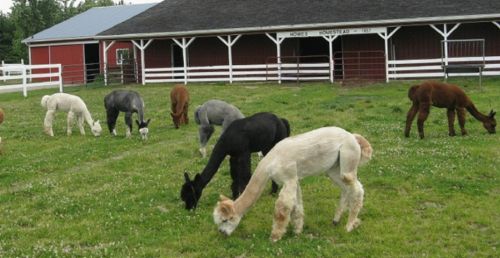
Maple’s goal is to never have to mow the grass. There’s been a lot of clever fence building with that in mind.
Maple is the self-declared #1 pooper scooper in the North Star barn. She also washes, dyes, picks, cards, and spins the fleece her alpacas grow. The farm is strictly a fiber-farm these days and hosts a herd of 22 alpaca, 2 horses, 2 dogs, 2 barn cats, and 1 house cat. There are four new boys arriving this weekend to bring the herd size up to 26! The North Star Alpacas blog is closed, but I had a wonderful time exploring the archives and learning about life among the hairy. In her own words, “I’m lucky to be doing something that I love that actually pays for itself.”
For the month of October, I have a $50 gift certificate to North Star Alpacas’ Etsy shop. You can use it to buy all of this:
OR this:
OR some of Mr. Jones’ fleece if you spin:
If you don’t knit (or if you are feeling lazy), Maple has hats and scarves already made! Shop for Christmas presents for friends (or presents for yourself).
Since we’re almost out of October, this is a short short giveaway and will close on Wednesday, October 31, 2012. Don’t waste time – leave a comment on this post to be entered in the drawing. The random number generator will take care of the rest. Since it is a short short short giveaway, I’ll offer extra entries if you promote this on your social media outlet of choice (Ravelry, Twitter, Facebook, etc.)! Please leave a second comment with a link to the post/tweet/whathaveyou for accounting purposes.
You can find North Star Alpacas on Facebook, in PhatFiber boxes, and (of course) on Etsy.
Unless otherwise noted, Maple Smith holds the copyright to all the still pictures used in this article. They are used with permission

